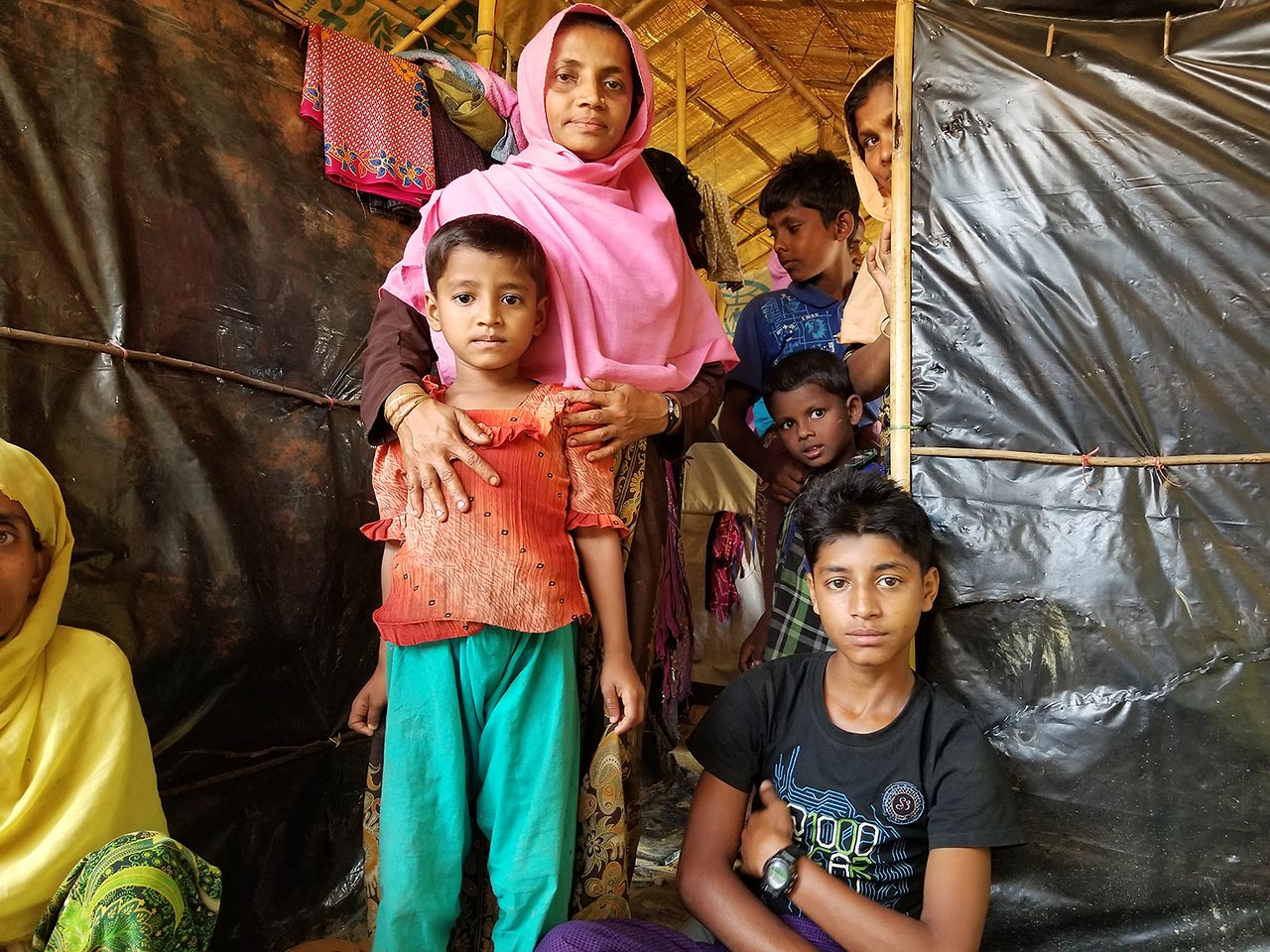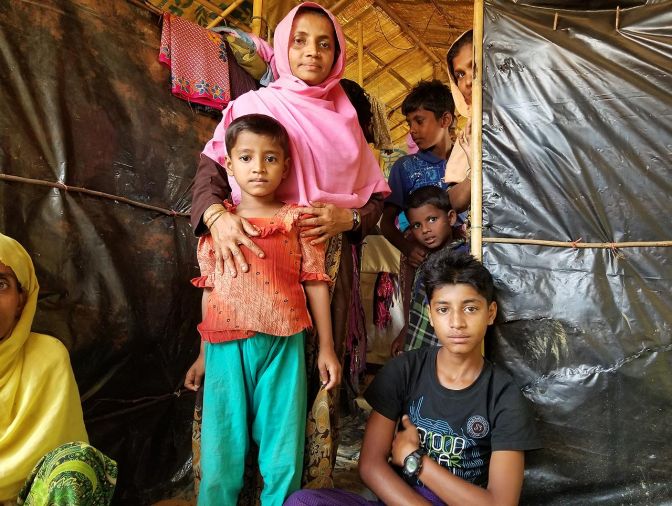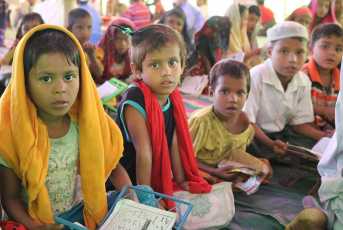Voices of the Rohingya

 A team from USC Shoah Foundation interviewed about a dozen Rohingya refugees at the Kutupalong refugee camp in Bangladesh, where many Rohingya have been living since being forced out of Myanmar.
A team from USC Shoah Foundation interviewed about a dozen Rohingya refugees at the Kutupalong refugee camp in Bangladesh, where many Rohingya have been living since being forced out of Myanmar. The Institute also marks the milestone by adding these and other testimonies of Rohingya refugees to its Visual History Archive, which contains 55,000 testimonies used for research and education. The Rohingya collection will be made available Saturday.
The CNN video uses testimony collected at a Bangladesh refugee camp by USC Shoah Foundation Finci-Viterbi Executive Director Stephen Smith and Director of Global Initiatives Karen Jungblut late last year. They provide first-person accounts of the dire situation 700,000 refugees face in the year since the crisis began.
The United Nations has dubbed it a “textbook example of ethnic cleansing.”
“I had four close friends,” says a young refugee named Shafika. “I saw the military shoot my friend Shora Khatun. I saw this with my own eyes. I do not know how they killed my other three friends.”
The Rohingya are a Muslim ethnic group of about 1.1 million people who have lived for centuries in Myanmar, a mainly Buddhist country. They have been denied citizenship in their own country since 1982 and live in poverty.
In August, the Myanmar military, local police and Buddhist community members began violently driving Rohingya from their homes – destroying and looting villages, killing men, women and children, and raping women. The reason given for the violence was retaliation for a series of attacks the Arakan Rohingya Salvation Army (ARSA) carried out on police outposts.
Smith and Jungblut, along with a team that included award winning documentarian Michele Mitchell and a translator, interviewed about a dozen Rohingya refugees at the Kutupalong refugee camp in Bangladesh, where many Rohingya have been living since being forced out of Myanmar. The interviewees hail from villages across the Myanmar state of Rakhine, where most Rohingya live.
 Rohingya children at a refugee camp in Bangladesh.
Rohingya children at a refugee camp in Bangladesh.“Many of the people I interviewed describe being directly ordered by the military to leave the country, after family members were killed and homes destroyed,” Smith said. “They made clear to them that the Rohingya are not citizens of Myanmar and have no right to be there.”
The new collection in the Visual History Archive joins an expanding archive that now includes testimonies from the Holocaust, the Armenian Genocide, the Genocide against the Tutsi in Rwanda, the Nanjing Massacre, the Guatemalan Genocide, the Cambodian Genocide, the South Sudan Civil War, the Central African Republic Conflict and contemporary antisemitism.